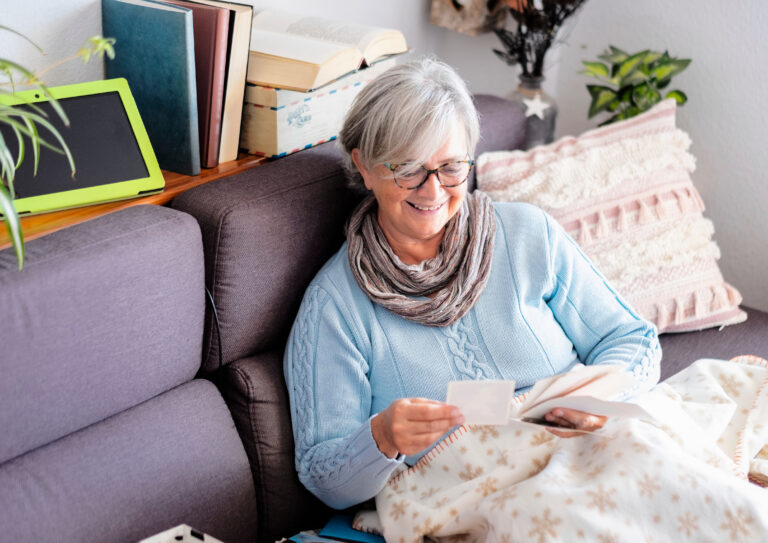Alzheimer’s disease is a progressive neurological condition that affects millions of people worldwide. It is characterized by the deterioration of brain cells, leading to memory loss, confusion, and changes in behavior. As the disease progresses, individuals with Alzheimer’s may have difficulty performing daily tasks, such as getting dressed. This is where adaptive clothing comes in.
Adaptive clothing is designed to make dressing easier for individuals who have trouble with traditional clothing. It features innovative designs and modifications that cater to the specific needs of people with cognitive and physical impairments, such as those with Alzheimer’s. In this article, we will explore how to help a person with Alzheimer’s use adaptive clothing.
1. Understand the challenges faced by the person with Alzheimer’s:
Before helping someone with Alzheimer’s use adaptive clothing, it is crucial to understand the challenges they face when getting dressed. Some common difficulties include forgetting how to dress, struggling with buttons and zippers, and becoming overwhelmed by too many choices. They may also have physical limitations, such as limited dexterity or mobility, which can make dressing even more challenging.
2. Choose adaptive clothing that meets their specific needs:
There are various types of adaptive clothing available in the market, such as front-closing shirts, elastic waistbands on pants, and magnetic closures instead of buttons or zippers. When selecting adaptive clothing for someone with Alzheimer’s, it is essential to consider their specific needs and preferences. For example, if they have trouble with buttons, choose shirts with Velcro closures or magnetic buttons. If they have limited mobility, choose adaptive pants with side openings instead of traditional ones.
3. Simplify the dressing process:
People with Alzheimer’s may become overwhelmed when faced with too many choices. It is best to simplify the dressing process by limiting the number of options they have. Lay out two or three sets of adaptive clothing for them to choose from. This will prevent decision-making struggles and help them focus on getting dressed.
4. Use visual cues:
Visual cues can be helpful for individuals with Alzheimer’s as they rely more on visual memory than verbal instructions. You can create a visual guide by taking pictures of the steps involved in dressing and putting them up in their room or closet. This will serve as a reminder of the dressing process and help them become more independent.
5. Encourage independence:
It is natural for caregivers to want to help their loved ones with Alzheimer’s with every task, including dressing. However, it is essential to promote independence whenever possible. Encourage them to do as much as they can on their own. You can start by asking them to put on their shoes or button their shirt while you assist with the rest. This will not only boost their self-esteem but also maintain their motor skills.
6. Be patient and understanding:
People with Alzheimer’s may become easily frustrated or agitated while getting dressed. This is why it is crucial to remain patient and understanding. If they are struggling with a task, try breaking it down into smaller steps, and provide gentle reminders. Remember to use a calm and reassuring tone while communicating with them.
7. Make dressing a pleasant experience:
Dressing can be a challenging and stressful task for individuals with Alzheimer’s. You can make it a more enjoyable experience by creating a relaxing environment. Play their favorite music, keep the room well-lit, and avoid distractions. These small adjustments can make a significant difference in their mood and make dressing less overwhelming.
In conclusion, helping a person with Alzheimer’s use adaptive clothing requires patience, understanding, and creativity. Be mindful of their specific needs and preferences, and choose adaptive clothing accordingly. Simplify the dressing process, use visual cues, and encourage independence to promote a sense of autonomy. Remember to be patient and make dressing a pleasant experience for them. By following these tips, you can help your loved one with Alzheimer’s dress comfortably and maintain their independence.





